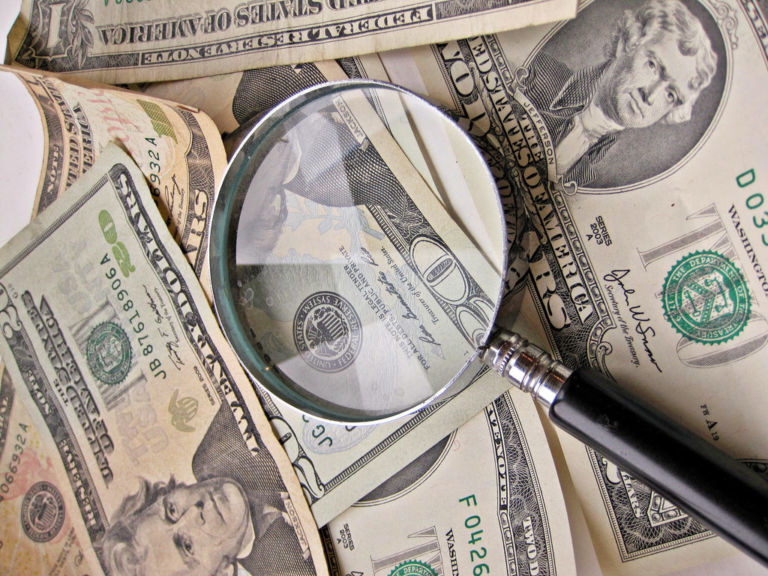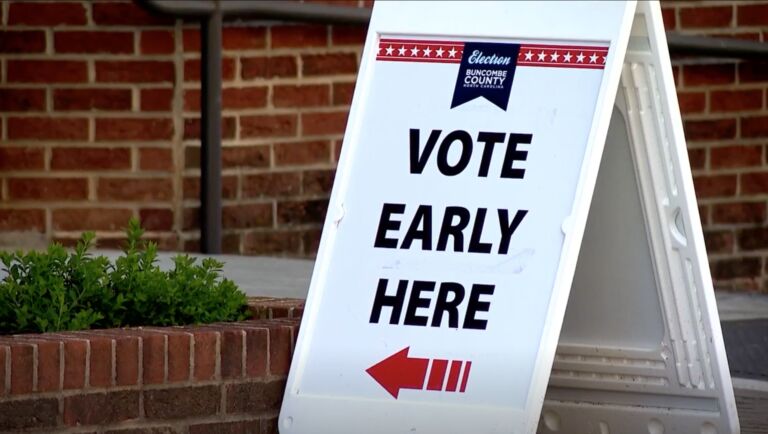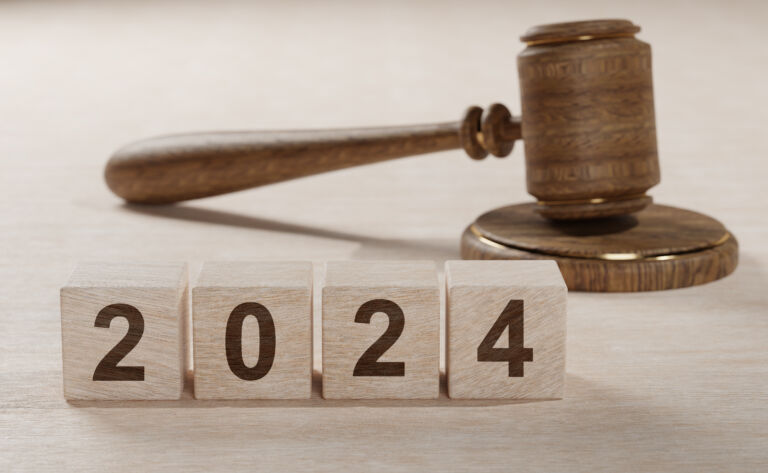(Cover photo by Gage Skidmore)
Rep. Madison Cawthorn appears to be facing a serious challenge in the 11th District Republican primary for several reasons that are outside the scope of this post.
Those efforts are getting a boost from progressives who are urging Democrats to change their registration to unaffiliated in order to vote against him in the primary. Cawthorn’s Democratic opponent in the 2020 general election, Mo Davis, is supporting that effort.
(Such attempts at crossover primary voting are nothing new. Perhaps the most famous was “Operation Chaos,” when radio host Rush Limbaugh encouraged Republicans to vote in the 2008 Democratic primaries once Sen. John McCain secured the Republican presidential nomination. Limbaugh’s goal was to weaken the eventual Democratic nominee. It did not work; Barack Obama went on to win the general election.)
So, are Democrats following Davis’ lead and changing registrations to unaffiliated, or even Republican? To find out, I looked at the North Carolina State Board of Elections’ party change file for 2022 (which currently covers January through March).
First, let’s see how many Democrats have changed to unaffiliated or Republican. For a frame of reference, I will also show how many Republicans have changed to unaffiliated or Democratic. Here are the statewide changes:
- Dem to Una: 8,403
- Dem to Rep: 2,694
- Rep to Una: 5,622
- Rep to Dem: 836
Now let’s look at just Democrats the counties in the 11th District. (Only half of Rutherford County is in the 11th, so I will only attribute half of the changes in that county to the 11th.) The first number is how many Democrats changed to Republican or unaffiliated in the 11th District. That is followed by how many we should expect if Democrats in the 11th District were changing parties at the same rate as in North Carolina’s other congressional districts. Subtracting the second number from the first will give us an idea of how many “extra” voters changed from Democratic in the 11th District (the third number):
- 11th district switch from Dem to Rep or Una: 1,646
- Average switch from Dem to Rep or Una in the other congressional districts: 727
- Number of “extra” switch from Dem to Rep or Una in the 11th District: 919
So, a little over 900 more voters switched from Democrat to a registration that would allow them to vote in the 11th District Republican primary than we would expect if the 11th district had party-switching at the same rate as the rest of the state.
You cannot change party affiliation with same-day registration during early voting for a primary, so there will be no more party-switching ahead of the primary once regular registration closes on April 22. By then the number of “extra” party-switcher eligible to vote in the 11th District Republican primary will likely be over 1,000 (including changes between April 1 and April 22).
Would 1,000 more votes against Cawthorn be enough to cost him the nomination? How about 2,000 (if we assume that a similar number of progressive unaffiliated voters vote in the Republican primary)?
Probably not.
90,696 people voted in the Republican primary in 2020. Even if there is some drop-off in turnout from 2020, 2,000 more votes against Cawthorn would only make a difference if both the race is close and most of those crossover votes go to his main challenger. The odds of both of those things happening are low.


